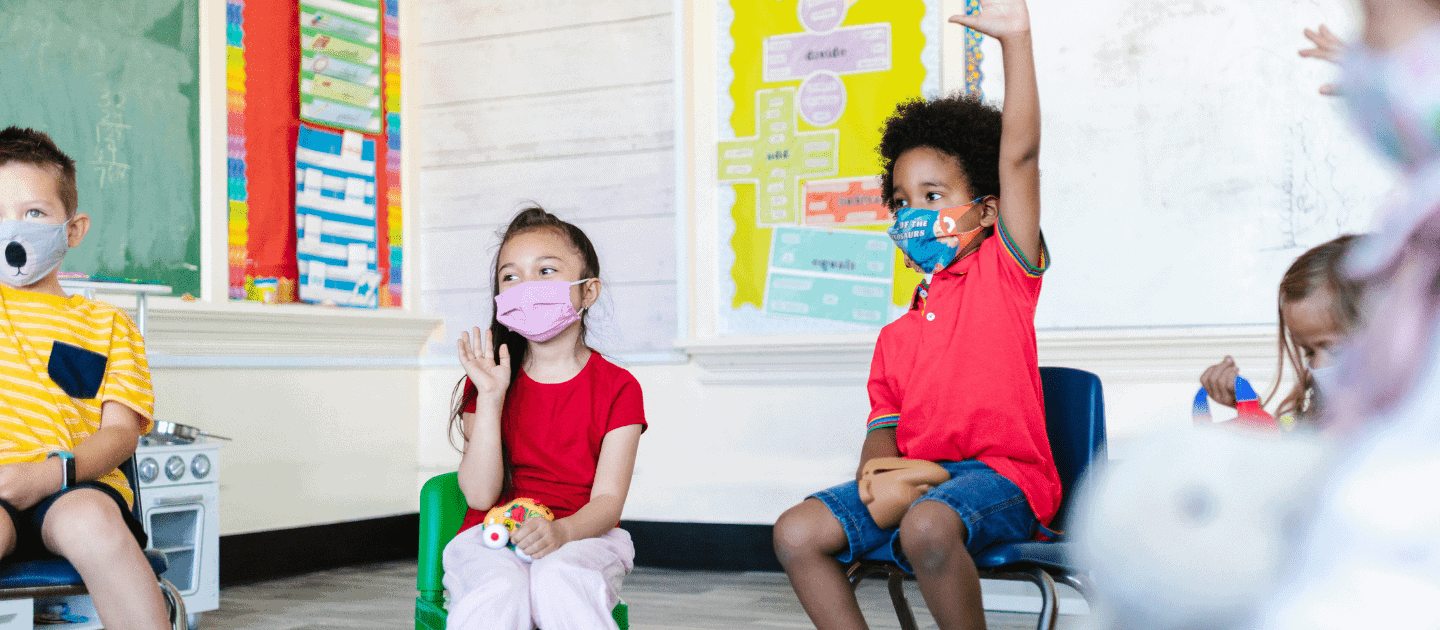
Self and Peer-Correction Techniques in Teaching
Though it is too soon to have a large bank of data of the outcomes of COVID-19 on education, researchers anticipate a widening of the existing educational gap for students from lower socioeconomic differences and children with learning differences.
14 Apr 2024

